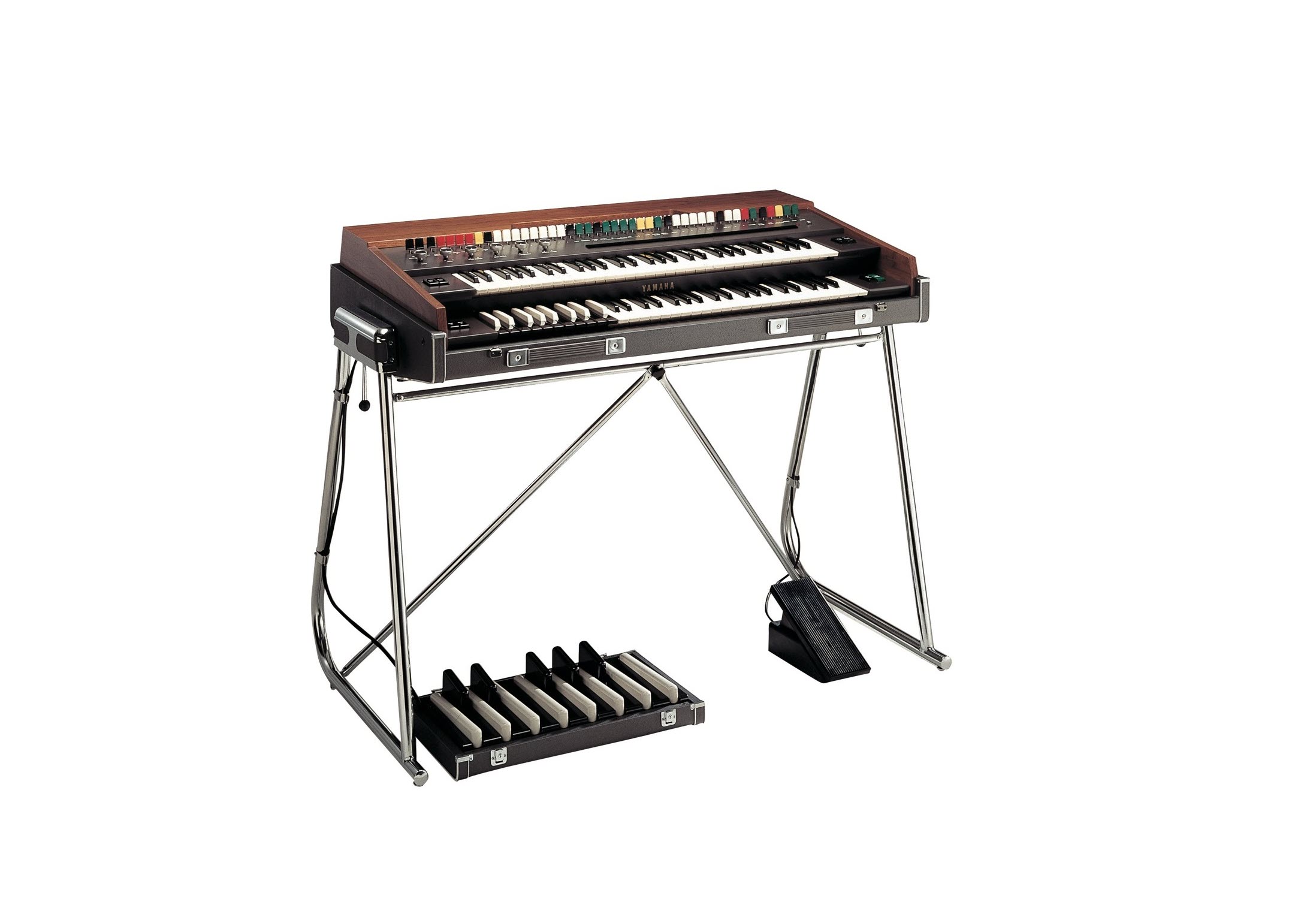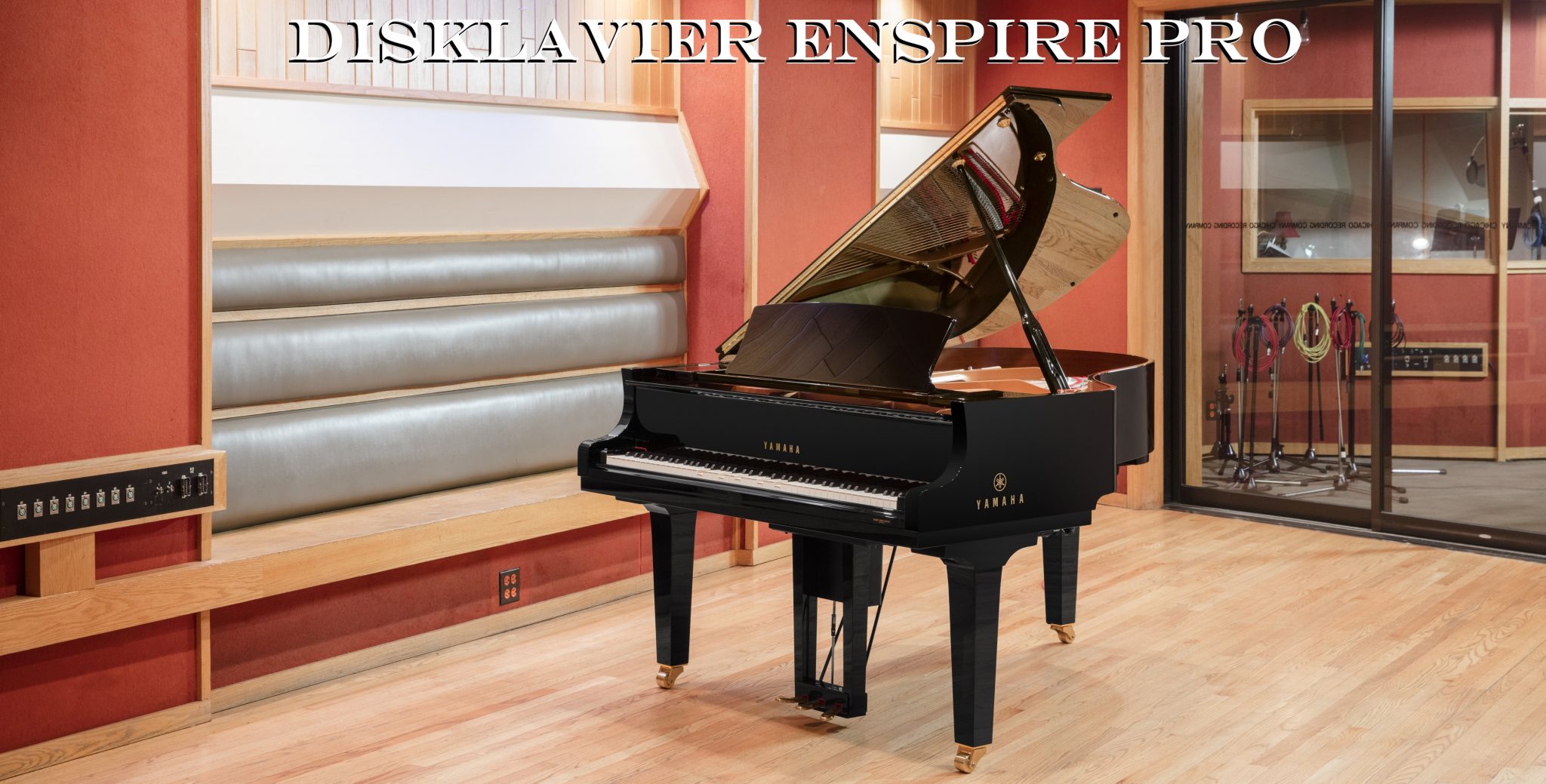Are you planning on moving your piano in 2024? Do you have concerns about the cost involved and how to budget for it? As a fellow piano owner, I understand the importance of ensuring safe and smooth movement for your beloved instrument. Moving a piano is no easy task, but with the right information and preparation, it can be done efficiently.
In this comprehensive guide, we’ll break down all the factors that contribute to the cost of moving a piano. From distance to type of piano and additional services, we’ll cover everything you need to know in order to make an informed decision and keep your prized possession safe during its journey. So, let’s get started on finding out how much it costs to move a piano!
So, how much does it cost to move a piano in 2024?
The cost of moving a piano can vary depending on several factors such as the type of piano, distance to be moved, and additional services needed. On average, it can cost anywhere from $200 to $1000 for local moves and up to $5000 for long-distance moves.
Factors that can affect the cost include the size and weight of the piano, accessibility at both locations, stairs or elevators involved in the move, and any special handling required. For example, grand pianos are larger and heavier than upright pianos and may require more manpower or equipment for safe transport.
In addition to basic moving costs, there may be extra charges for packing materials, insurance coverage, storage fees if necessary, or disassembly/reassembly of the piano. It is important to discuss these details with your chosen moving company beforehand to avoid any surprises on your final bill.
It is also recommended to hire professional movers who have experience specifically with pianos. They will have specialized equipment such as dollies and straps designed for safely transporting delicate instruments like a piano.
Overall, while it may seem expensive compared to other household items being moved, investing in proper care during a piano move is crucial in protecting this valuable instrument from damage. So when planning your next move with a piano in tow, make sure you budget accordingly by considering all potential costs involved.
Factors Affecting the Cost of Moving a Piano in 2024
Size and Type of Piano
The size and type of your piano plays a significant role in the cost associated with moving it. A small upright model, also known as a spinet or console, is generally less expensive to move due to its compact design. However, larger models- like grand pianos or baby grands – can be heavy which means they require more manpower to relocate safely.
- Grand pianos often require special handling because of their complex structure.
- On the other hand, smaller upright models are easier to maneuver through tight spaces but are still quite hefty.
Thus, you need professional movers who have specialized equipment and skills necessary for the job.
Distance and Difficulty Level
Piano relocation from one place to another doesn’t come without its challenges. The distance between your current location and the new one significantly affects moving costs – local moves typically cost less compared to long-distance ones.
- If you’re planning an interstate move, keep in mind that there may be additional fees involved since different states have varying regulations about transporting bulky items over state lines.
Apart from that, factors such as stairs or narrow doorways contribute considerably towards higher relocation charges. Elevators might seem handy but remember not all elevators can accommodate a piano’s unique shape and weight!
Identifying Different Types of Pianos and Their Impact on Moving Costs
If you’re thinking about moving your piano, it’s important to consider the type of piano you own. Not all pianos are created equal and their differences can greatly affect moving costs. For instance, upright pianos, also known as vertical pianos due to their tall and narrow shape, usually weigh between 200-800 pounds. On the other hand, there is a much heavier variety – the grand piano. With its wide body that extends horizontally rather than vertically like an upright does, grand pianos can tip the scales anywhere up to 1,300 pounds! There are also smaller types of both uprights and grands known as ‘spinet’ or ‘baby’ varieties respectively.
These different types of pianos not only vary in physical dimensions and weight but also in terms of complexity when it comes to disassembly for relocation purposes. This directly impacts moving costs because professional movers need more time and manpower for larger or more intricate models such as concert grand pianos compared to simpler ones like spinets.
- Upright Pianos: These are typically easier (and hence cheaper) to move due to their relatively compact size.
- Grand Pianos: Because they are larger with extended bodies, they require greater care during transport which results in higher costs.
- Specially designed/bespoke Pianos: These may incur additional charges based on unique requirements needed for safe transportation.
Remember that while these factors greatly influence your overall cost, hiring proficient movers who specialize in transporting musical instruments ensures safety against potential damage during transit; a priority you cannot afford to compromise on considering the emotional value attached with these beautiful instruments.
 how much does it cost to move a piano
how much does it cost to move a piano
Read also: who invented the piano
Pricing Based on Distance: Local vs. Long-Distance Piano Moves
Moving a piano is no small task. The sheer size, weight and delicate nature of this cherished instrument demand careful attention to ensure its safe relocation. Local moves, generally considered those within the same city or town, often cost less than long-distance ones for several reasons. One key reason is simple: distance travelled impacts fuel costs, labor hours and wear-and-tear on equipment.
- Fuel Costs: Local moves require less gasoline or diesel, helping keep down the piano mover price.
- Labor Hours: A shorter journey means fewer working hours for the movers.
- Equipment Wear and Tear: Less mileage translates into reduced maintenance costs for moving vehicles and equipment.
Long-distance piano moves, crossing state lines or even entire countries, understandably come with heftier price tags due to increased demands on resources. Besides higher transport costs from greater distances covered, these types of relocations also involve more complex logistics coordination that might entail additional expenses such as tolls incurred during transit.
- Fuel Costs: Long hauls mean more fuel consumption, which increases overall transport expenses significantly.
- Labor Hours: The time taken by a crew in carrying out a long-distance move can span multiple days hence adding to wage-related costs.
- Tolls & Logistics Coordination: Depending on your route, you may encounter various road tolls – contributing further to incremental expenditures; alongside meticulous planning required ensuring smooth handling throughout extended transit periods and possibly multiple loading/unloading points.
Whether undertaking local or long-distance piano moves, ensuring you choose professional movers well-versed in transporting musical instruments becomes crucial not only from an economic standpoint but also keeping their precious value intact.
Additional Services that Can Increase the Cost of Moving a Piano in 2024
Moving a piano is no easy task. It’s much more than simply moving it from one place to another; it involves intricate planning and meticulous handling. The cost of this service can substantially vary depending on various factors, which often include additional services that increase the overall piano moving cost. These hidden charges are usually not included in the initial quote and understanding them can help you plan your budget effectively.
- Piano Disassembly: Some pianos may need to be disassembled for safe transportation, especially grand or baby grand types due to their size and shape. Professional movers have the knowledge and tools necessary to achieve this without causing any damage but these extra steps come with an additional fee.
- Climbing Stairs: If there are stairs involved in the move, whether at pickup or delivery location, expect an additional charge since maneuvering a heavy object like piano up or down a staircase requires heavy labor.
The cost doesn’t just end here though! There might be other circumstances that could add up – from difficult access areas (like narrow doorways) demanding specialized equipment (which incurs yet another separate fee!) to unexpected delays caused by traffic congestion during transit making you pay for extra hours of service. Additionally, if your new destination is far away from your current location, they may also consider travel distance when calculating final costs – longer distances require more gas after all! So, as you plan your move remember these points because while moving a piano itself is costly already – those extras surely do add up!
You may also like: difference between kawai and yamaha piano
Comparing Quotes from Professional Piano Movers
When you need to move a beloved family heirloom like your piano, it’s important to note that not all professional piano movers are equal. Weighing quotes from various companies can be a daunting task if you’re not quite sure what criteria to evaluate them with. So, how do you approach this puzzle? First and foremost, look for detailed information about the services they provide. Are their staff trained specifically in handling pianos? Will they properly disassemble/assemble any removable parts? Consideration of these factors will help set apart standard moving companies from bona fide piano specialists.
The second step is comparing costs between these professionals – but don’t fall into the trap of automatically opting for the cheapest quote! Dig deeper. What does each piano moving cost include or exclude? Here’s a short list of things to check:
- The total number of labor hours quoted
- If packing materials are included in the piano moving cost
- Possible hidden fees such as travel time or toll charges
Also take into account whether insurance coverage and claims process are clearly outlined; mishaps can happen even with experts on board. Finally, browse through customer reviews – positive experiences often indicate reliability and professionalism which make paying that little extra worth it. Remember: A successfully transported piano without damage is priceless, so selecting your mover should never just be about cutting costs—it’s an investment toward preserving something precious.
Conclusion: Planning Your Budget for the Cost to Move a Piano in 2024
As we have already established, moving a piano is no small task. It requires great care, sound knowledge and specialized equipment. The cost of moving this hefty instrument varies greatly based on certain factors such as the type of piano, its size, the distance to be covered and any special handling requirements it may have due to its age or unique construction. Before you embark on this relocation journey with your beloved instrument, it’s imperative to create a comprehensive budget plan that accounts for every potential expense.
Start by researching local professional movers who have expertise in moving pianos; their quotes will form the foundation of your budget. Remember that these professionals bring invaluable experience and know-how to the table that can help prevent damage to your prized possession during transit – something which could end up costing much more than their services in repairs.
- Always ask for detailed estimates from multiple companies so you can get a clear picture of market piano mover prices.
- In addition to transport costs, remember to include possible additional fees like insurance coverage or charges for dealing with obstacles like stairs or narrow doorways.
Don’t forget about post-move expenses such as tuning or minor touch-ups required after the move – all integral components when planning your budget for piano-moving costs. With careful planning and thorough research, you’ll find peace of mind knowing your precious musical companion is well taken care of during its big move.

